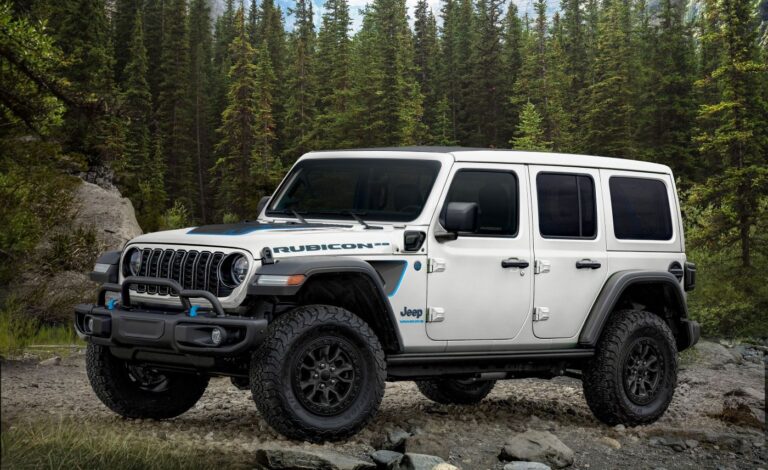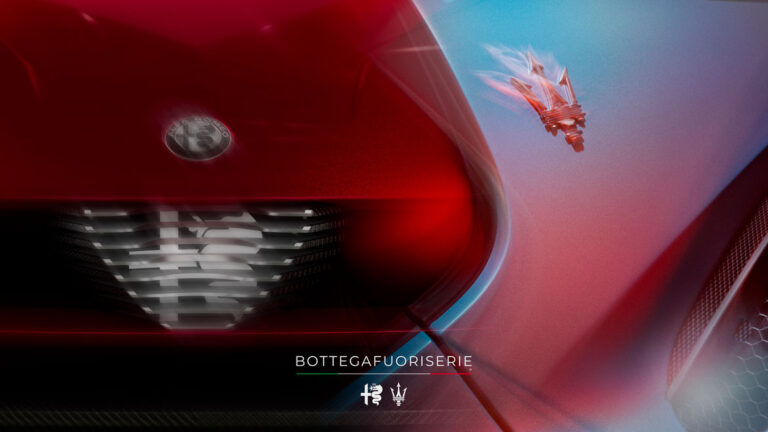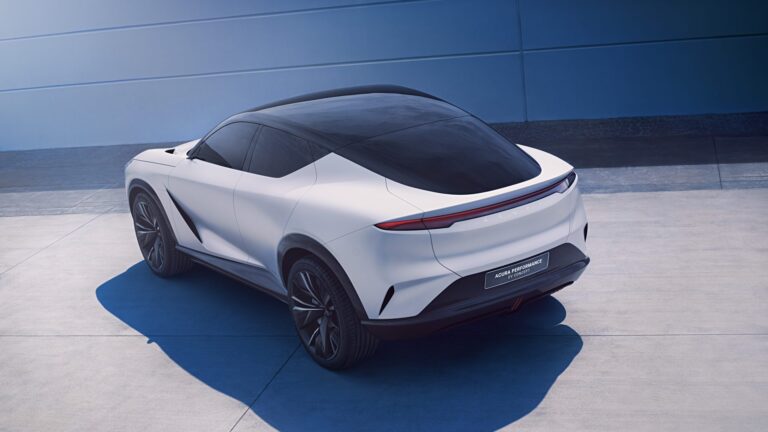After skipping the 2025 model year refresh, the off-road-ready Wilderness trim returns with the styling updates introduced across the Forester lineup last year. In addition to its refreshed look, the Wilderness receives suspension tweaks that boost its ground clearance to 9.3 inches—higher than the standard models’ 8.7 inches. It also features a shorter final drive ratio for improved off-road responsiveness, a selectable Snow/Dirt and Deep Snow/Mud drive mode, an upgraded transmission cooler, and larger Yokohama Geolandar all-terrain tires. These refinements contribute to improved trail capabilities, making it even more suited for rugged terrain.
Pricing and Which One to Buy
The 2026 Subaru Forester is expected to start at approximately $33,000, with prices climbing to around $43,000 depending on the trim level and options.
- Base: $33,000 (est.)
- Premium: $35,000 (est.)
- Sport (Recommended): $37,000 (est.)
- Wilderness: $39,000 (est.)
- Limited: $41,000 (est.)
- Touring: $43,000 (est.)
The Forester comes well-equipped with standard features like remote keyless entry, LED headlights, and welcome lighting, which illuminates the front door handles at night. Among the available trims, the Sport strikes a great balance between features, design, and price. It comes with distinctive bronze accents, exclusive wheels, heated front seats, and an 11.6-inch infotainment touchscreen.

Engine, Transmission, and Performance
Powering every Forester is a 2.5-liter flat-four engine mated to a continuously variable transmission (CVT) and standard all-wheel drive. The engine produces 180 horsepower and 178 pound-feet of torque, offering adequate but not exhilarating performance. Those seeking a punchier driving experience may want to wait for the upcoming Forester Hybrid, which is expected to provide improved acceleration.
While the Forester borrows a dual-pinion electronic power steering rack from Subaru’s WRX sports sedan, its handling remains more comfort-focused than sporty. Steering feedback is limited, and the suspension prioritizes a smooth ride over agility.
0–60 MPH Times
During testing, the Forester Sport reached 60 mph in 8.3 seconds, with its flat-four engine emitting a characteristic growl. Around town, acceleration is sufficient, and under light throttle, the engine’s gruff nature becomes less pronounced.
Towing and Payload Capacity
The Forester Wilderness leads the lineup in towing capability, offering a maximum towing capacity of 3,500 pounds—thanks in part to its upgraded transmission cooler. Other trims provide a towing capacity of 1,500 pounds.

Interior, Comfort, and Cargo
One of the Forester’s strongest attributes is its spacious and airy cabin. Large windows, an upright seating position, and a panoramic sunroof flood the interior with natural light. The front seats come in cloth, leather, or a water-resistant leatherette material exclusive to the Sport and Wilderness trims. Higher trims add premium touches like a leather-wrapped gear selector and heated and ventilated front seats.
Rear passengers enjoy generous headroom, hip room, and legroom, making long drives more comfortable. Cargo space is also a highlight, offering 30 cubic feet behind the rear seats. Folding them down expands capacity to 75 cubic feet, surpassing both the Nissan Rogue and Mazda CX-50. In our tests, the Forester accommodated 12 carry-on suitcases behind the second row and 28 with the seats folded flat.
Infotainment and Connectivity
An 11.6-inch infotainment touchscreen comes standard on all but the base model, offering wireless Apple CarPlay and Android Auto along with a wireless charging pad. The base trim features a smaller dual-screen setup, which still includes Apple CarPlay and Android Auto.



